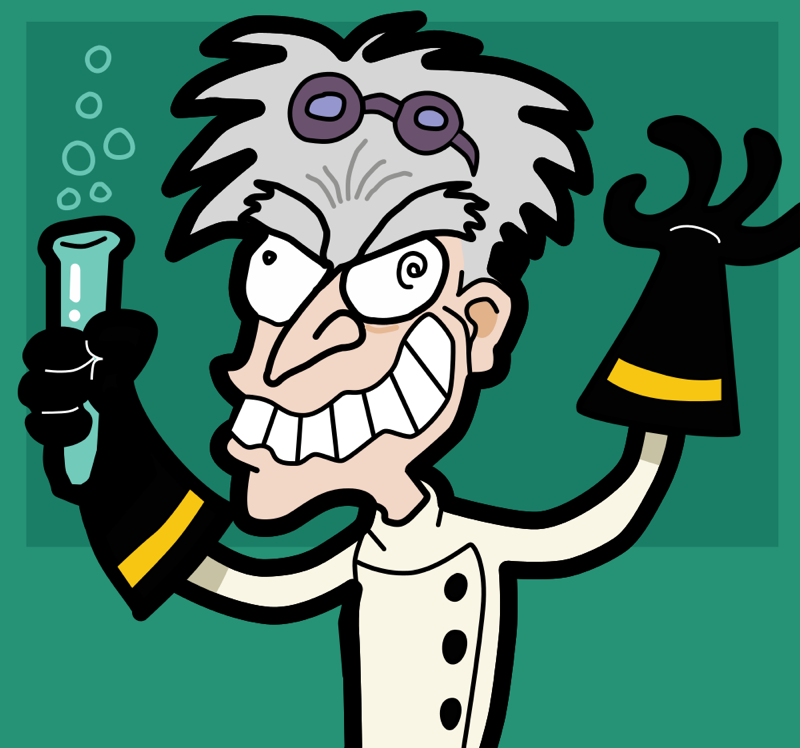Air power: UK company pulls gasoline from the ether


There is definitely something in the air in Britain.
Earlier this month, I told you about a UK technology that would turn air into electricity.
Now from the same country comes a company that says it has pulled 5 liters (1.3 U.S. gallons) of gasoline from the ether over the last 3 months, the Daily Telegraph reports. And get this: Air Fuel Synthesis says its process also removes CO2.
So there you go, an all-in-one solution to the world's energy and CO2-induced global warming crises. Today's Friday. Let's all knock off early and celebrate.
Whoa. Wait a minute. Last time I clutched at the openness around me, I came up with a fistful of, well, air. Not even a scent of gasoline. So how does Teeside, England-based Air Fuel do it?
Basically, it isn't easy. And when they say "air", what they really seem to mean is carbon dioxide. Let's see if I can distill the process for you, so to speak, as described by the Telegraph:
- First, you take some sodium hydroxide.
- Now, mix it with carbon dioxide (there's your air, I think).
- Okay. Now watch your solution turn to sodium carbonate. Take a little break, because there's more to come.
- Are we all back? Got your sodium carbonate? Good, because now I want you to electrolyze it. You'll notice that it all turns to carbon dioxide. Boooo, CO2! But we're going to get rid of it.
- Oh, I forgot to mention: Keep a dehumidifier around, because you're going to want it in oder to capture water vapor. The Telegraph is a bit fuzzy on where the vapor comes from. Maybe from the sodium carbonate creation?
- Anyway, I hope you're not squeamish about electrolyzing, because you're going to have to do it again, this time to the water vapor. And guess what that gives you? Right! Hydrogen!
- We're almost there. The next step is key: Mix the CO2 and the hydrogen, and voila, you've got methanol. The Telegraph says that the methanol "is passed through a gasoline fuel reactor, creating petrol" (petrol is the British word for gasoline).
Along the way, the CO2 vanishes, the article implies (reminds me of what's going on in Iceland at Carbon Recycling International). For more, you could check out the Air Fuel Synthesis website. I intend to look at it later.
At the moment, I'm scratching my head. I'm looking at the hydrogen and thinking "why not stop there and put the hydrogen to use as an energy source?"
Then again, the "energy in" up to that point probably pummels the "energy out." In fact, I would think the same unbalanced equation plagues the entire end-to-end air-to-fuel process. All that electrolysis sounds like a lot of electricity. (As a suggestion, maybe a small nuclear reactor could help provide heat to assist the process).
But you have to start somewhere. Or is this story just a bunch of hot air?
Image: J.J. via Wikimedia
More airy stories on SmartPlanet:
Another drop of methanol:
A CO2 cleaner:
This post was originally published on Smartplanet.com